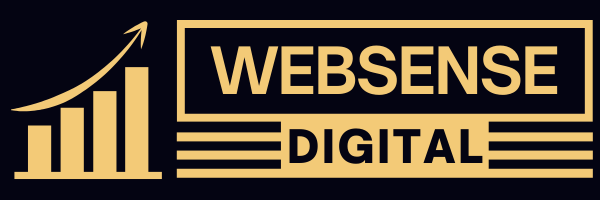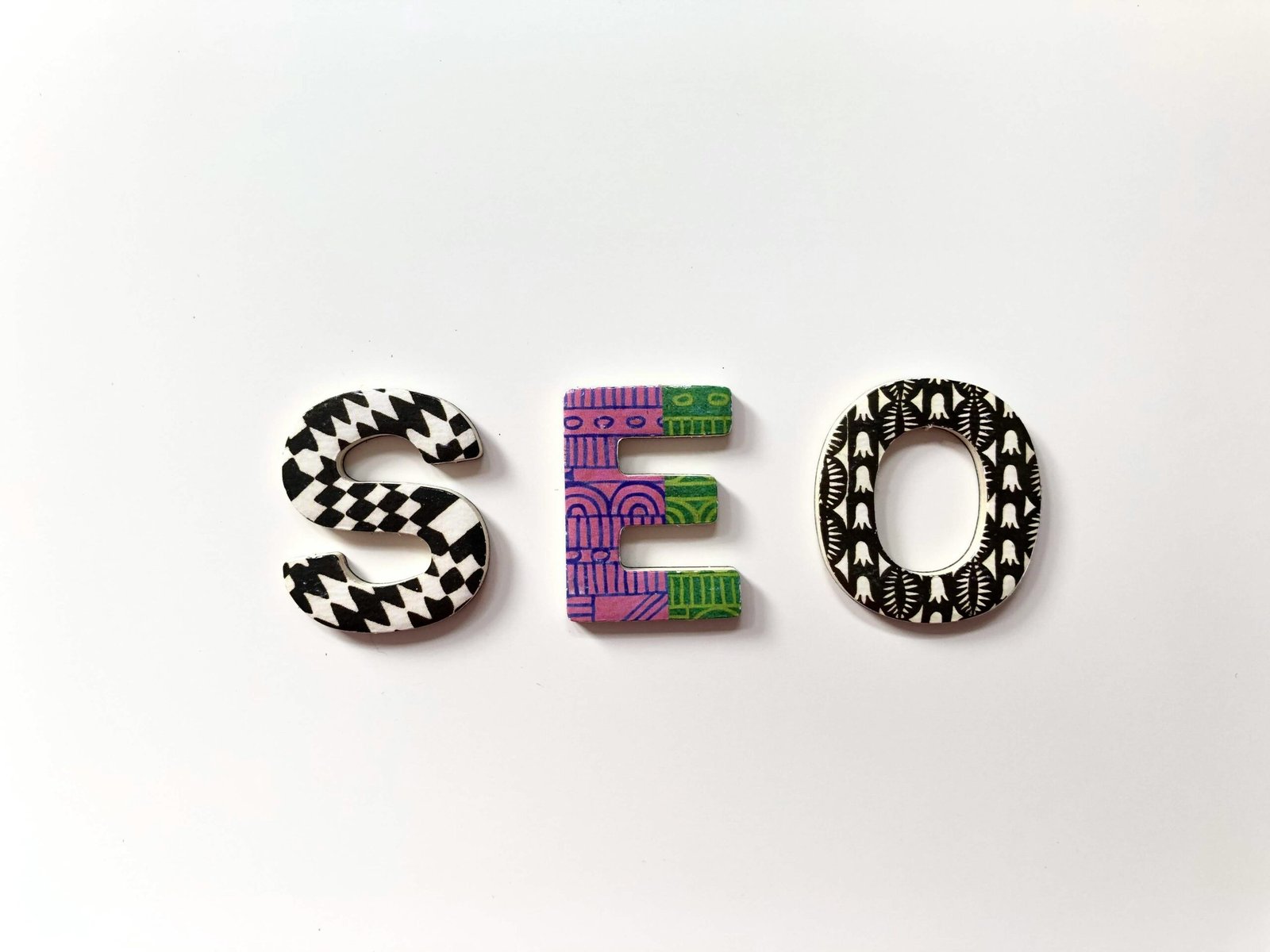Understanding Facebook Ads Cost Structure
Facebook ads operate on a complex cost structure that is influenced by various factors, ultimately determining the cost per lead (CPL) that advertisers experience. Understanding this structure is crucial for businesses aiming to optimize their ad spending and improve their return on investment. At the core of Facebook’s advertising platform is the auction system, where advertisers bid for ad placements. This bidding model can take several forms, including cost-per-click (CPC), cost-per-thousand-impressions (CPM), or cost-per-action (CPA). Each method has its specific advantages depending on the advertising goals.
One significant factor influencing CPL is the relevance score, a metric used by Facebook to gauge the quality and relevance of an ad to its target audience. High-quality ads that resonate with users tend to receive higher relevance scores, consequently lowering the cost per lead. Conversely, ads that are deemed less relevant may result in increased costs due to lower engagement rates. Therefore, it is essential for advertisers to focus on creating highly relevant content that aligns with their target demographic.
Moreover, the competitive landscape of Facebook ads can play a pivotal role in determining ad costs. When multiple advertisers target the same audience with similar messaging, the competition intensifies, driving up the bids required for ad placements. This competition means that advertisers must not only create effective campaigns but also adopt strategies that differentiate their ads from others. By analyzing competitors and refining their targeting criteria, businesses can improve their chances of securing better placement at lower costs.
Ultimately, understanding the interactions between bidding models, relevance scores, and market competition is essential for any business aiming to optimize their Facebook ad campaigns. Awareness of these elements allows advertisers to navigate the complexities of digital marketing more effectively and achieve a lower cost per lead.
Improving Ad Relevance to Lower Costs
The relevance of Facebook ads plays a crucial role in controlling cost per lead (CPL). When ads resonate closely with their target audience, they not only attract more engagement but also significantly reduce costs. One effective strategy for enhancing ad relevance is through targeted messaging. By tailoring messages to address the specific needs and interests of different audience segments, advertisers can create a more personalized experience. This can be achieved by utilizing demographic data, interests, and browsing behaviors to craft compelling ad copy that speaks directly to the audience’s motivations.
Creative designs are another essential component of ad relevance. Visual elements that align with the brand’s messaging and appeal to the aesthetic preferences of the target demographic can capture attention effectively. For example, an ad campaign that employs vibrant colors and relatable imagery might perform better than one with generic visuals, thus leading to lower CPL. It is crucial that these creatives convey the brand’s value proposition clearly and succinctly; when potential leads understand what they stand to gain, they are more likely to engage.
Consider the example of a fitness apparel brand that ran a highly relevant ad campaign during New Year. By targeting individuals with interests in fitness and health who were likely setting new year resolutions, the brand showcased its products within motivational contexts. The images featured real people in active scenarios alongside impactful testimonials. The campaign not only achieved higher engagement levels but also lowered CPL significantly. Such successful campaigns demonstrate the undeniable correlation between ad relevance and cost efficiency in digital marketing strategies. By focusing on both targeted messaging and creative design, brands can not only reach but also resonate with their desired audience, further optimizing their advertising budget.
The Power of Audience Targeting
In the realm of digital marketing, particularly in Facebook advertising, one of the most crucial elements that can significantly impact your cost per lead is the strategy of audience targeting. Defining and refining your target audience is not merely an option but a necessity for maximizing the effectiveness of your ad campaigns. When advertisers pinpoint their audience with precision, they can minimize wasted ad expenditure effectively, leading to an overall reduction in cost per lead.
One of the primary methods for enhancing audience targeting on Facebook is through audience segmentation. This involves categorizing potential customers based on various demographics, interests, and behaviors. By segmenting your audience, you can tailor your ads to speak directly to the needs and preferences of specific groups, thereby improving engagement rates and, subsequently, the quality of leads generated. Implementing a focused approach allows you to allocate your budget more efficiently, avoiding unnecessary spends on broader, less engaged audiences.
Furthermore, Facebook provides powerful tools such as Custom Audiences and Lookalike Audiences, which can be leveraged to refine targeting further. Custom Audiences allow advertisers to create specific segments based on previous interactions with their brand, such as website visitors or past customers. This capability enables companies to retarget users who are already familiar with their offerings and likely to convert. Meanwhile, Lookalike Audiences utilize Facebook’s algorithms to identify users who share similar characteristics to your existing customers, allowing you to reach new prospects likely to be interested in your products or services.
Utilizing Facebook’s Audience Insights tool can significantly enhance your targeting strategy. This resource offers valuable information about your audience’s demographics, interests, and behaviors. By harnessing this data, you can craft a more effective advertising strategy, focusing on ad content that resonates with your targeted segments, thereby increasing the chances of generating qualified leads at a lower cost.
Crafting Compelling Ad Copy and Creative
Creating engaging ad copy and eye-catching visuals is essential for reducing Facebook ads cost per lead (CPL). The effectiveness of your ad hinges largely on how well it can capture attention and prompt users to take action. To this end, start with the headline. A powerful headline serves as the first impression and should be concise yet impactful. Use strong, action-oriented words that resonate with your target audience and reflect the core message of your advertisement. It’s beneficial to focus on the unique selling proposition (USP) of your product or service to distinguish it from competitors.
Following the headline, the body text must maintain engagement by providing relevant information that addresses user pain points. Aim to create an emotional connection through storytelling or relatable scenarios. Additionally, using bullet points or short paragraphs can help enhance readability, making it easier for potential leads to digest the content quickly. Integrating relevant keywords related to your product or service can improve relevance and ensure that the ad aligns well with users’ search intentions, thereby increasing the likelihood of a conversion.
Another critical aspect to consider is the call-to-action (CTA). A compelling CTA informs users about the next steps they should take and guides them toward making a decision. Make use of phrases like “Sign up now” or “Get your free trial today” to provide clarity. Finally, high-quality images or videos are indispensable; they not only catch attention but also lend credibility to your ad. Use visuals that align with your messaging and are appropriate for your audience, as this can significantly influence engagement rates. Consider A/B testing different ad creatives to identify which combinations yield the best results in reducing CPL.
Optimizing Your Ad Spend with A/B Testing
A/B testing, also known as split testing, is a powerful method that enables advertisers to compare two or more variations of an ad to determine which one performs better. By systematically testing different elements such as headlines, images, call-to-action (CTA) buttons, and audience segments, advertisers can gain valuable insights that can help reduce their cost per lead (CPL) while maximizing ad effectiveness.
To begin the A/B testing process, it’s essential to identify which components of your advertisement you want to test. For instance, you may want to experiment with different headlines to see which version resonates more with your target audience. Similarly, modifying images or changing the CTA button text can have a significant impact on ad performance. It is crucial to test one variable at a time to ensure accurate results.
When conducting A/B tests, it is important to monitor a sufficient sample size. Generally, a larger audience will yield more reliable results. Keep the tests running long enough to gather enough data for decision-making but be wary of extending tests that aren’t yielding clear results, as the objective is to enhance your Facebook ads’ cost per lead efficiency effectively.
After the test has concluded, analyze the data collected to understand which version performed the best. Look for metrics such as click-through rates, engagement levels, and conversion rates to draw conclusions. Once analysis is complete, implement the learnings into your campaign strategy. Continued iteration through A/B testing allows for ongoing optimization of ad content, ultimately leading to lower cost per lead and higher return on ad spend.
Incorporating A/B testing as an integral part of your advertising strategy can significantly enhance the efficiency of your ad spend on Facebook. By carefully analyzing and implementing changes based on the results, advertisers can make informed decisions that ultimately lead to a reduction in CPL and an improvement in campaign outcomes.
Retargeting: Utilizing Warm Audiences
Retargeting is a powerful digital marketing strategy aimed at re-engaging potential customers who have previously interacted with your brand but did not convert. This approach is particularly beneficial in lowering your cost per lead (CPL) since it focuses on warm audiences—individuals who are already familiar with your products or services. By specifically targeting users who have visited your website, engaged with your posts, or opened your emails, you can effectively remind them of your offerings and encourage them to take action.
To set up a successful retargeting campaign, it’s crucial to first gather the appropriate data on user behavior. Utilize tracking pixels and cookies to monitor actions taken on your website. Once this data is collected, segment your audience based on their previous interactions. For instance, you may categorize visitors who viewed a specific product or service but did not add it to their cart, and target these users with tailored ads that highlight the benefits of that product.
The messaging in your retargeting ads must resonate with the audience’s previous engagement. Crafting customized advertisements that address their specific interests or needs not only increases the chances of conversion but also enhances user experience. A personalized approach can include special promotions, discounts, or informative content that guides leads further down the sales funnel. Using compelling visuals and clear calls to action can also improve the effectiveness of your retargeting efforts.
Moreover, implementing frequency caps is vital to ensure that your ads do not overwhelm potential customers. Striking the right balance helps in maintaining brand recollection without inducing ad fatigue. By continually monitoring performance metrics such as click-through rates and conversion rates, you can refine your strategies and maximize the return on investment. Retargeting not only lowers CPL but also fosters a deeper connection with your audience, making it a key tactic for efficient digital marketing.
Monitoring and Analyzing Performance Metrics
To optimize your Facebook advertising campaigns effectively and reduce the cost per lead, it is essential to regularly monitor and analyze various performance metrics. Key metrics such as click-through rates (CTR), conversion rates, and cost per click (CPC) are fundamental in assessing the effectiveness of your ads. Understanding these metrics empowers advertisers to make informed decisions regarding adjustments and enhancements to their campaigns.
Firstly, click-through rates (CTR) indicate how well your ad is engaging its target audience. A higher CTR suggests that your ad is relevant and appealing to viewers. If your CTR is low, it may be a signal to reevaluate your ad copy or targeting options. Tools such as Facebook Ads Manager and third-party analytics platforms can facilitate the tracking of CTR and other metrics.
Conversion rates are another critical measurement, revealing the percentage of users who take a desired action after clicking on your ad. High conversion rates demonstrate that your landing pages and offers resonate well with your audience. In light of the data collected, you can refine your ad strategies to improve conversion rates, ensuring that you maximize the return on investment from your advertising spend.
Cost per click (CPC) is another vital metric that should be monitored consistently. Keeping track of your CPC will help you determine how efficiently your budget is being utilized. If your CPC is significantly higher than industry benchmarks, it may be necessary to adjust your bidding strategy, audience targeting, or ad placements to enhance cost efficiency.
Utilizing analytics tools effectively allows advertisers to interpret data meaningfully. By segmenting data based on demographics, interests, and other parameters, you can identify trends and patterns that positively or negatively impact your ad performance. Adjusting your strategy based on these insights can lead to improved campaign effectiveness and reduced costs per lead.
Keeping Up with Facebook Ads Trends and Changes
In the ever-evolving landscape of digital marketing, staying informed about the latest trends and changes in Facebook advertising is essential for achieving optimal results, particularly in managing cost per lead (CPL). Facebook regularly updates its advertising policies, algorithms, and features to enhance the user experience and improve the effectiveness of ads. As a result, marketers must develop a habit of monitoring these developments to ensure their strategies remain relevant and effective.
Accessing resources for industry news and updates can play a critical role in keeping up with Facebook’s dynamic environment. Newsletters, blogs, and dedicated digital marketing forums often provide invaluable insights into changes that could impact ad performance. Websites like AdWeek, Social Media Examiner, and Facebook’s own Business blog are excellent starting points for the latest information about advertising policies and best practices. Following influential thought leaders on social media can also yield timely updates and innovative strategies that can be employed to adapt to these ever-changing conditions.
Furthermore, understanding the implications of algorithm changes can significantly decrease ad spending by ensuring that campaigns remain aligned with Facebook’s prioritization of user engagement. Staying ahead of the competition often means being one step ahead in interpreting these changes and implementing necessary adjustments in targeting, creative design, and ad copy. A well-informed approach to Facebook advertising can lead to improved audience engagement, which is pivotal in reducing CPL.
Engaging with Facebook’s community, including attending webinars and participating in discussions, helps marketers refine their skills and knowledge. By actively seeking out insights and integrating them into advertising strategies, businesses can adapt quickly to changes, maintain a competitive edge, and ultimately achieve a lower cost per lead.
Conclusion
In the dynamic landscape of digital marketing, effectively managing costs associated with Facebook ads is crucial for businesses aiming to enhance their lead generation strategies. Throughout this blog post, we have explored seven comprehensive strategies designed to reduce cost per lead while maximizing advertising effectiveness. Each strategy serves a distinct yet complementary role in achieving overall marketing goals.
First and foremost, understanding your target audience can significantly impact the efficiency of your ads. By defining and segmenting your audience, businesses can tailor content that resonates with prospective leads, thereby improving engagement and reducing costs. Additionally, refining ad creatives—utilizing compelling visuals and clear messaging—ensures that ads capture attention and encourage desired actions.
The importance of continuous optimization cannot be understated. Regularly analyzing performance metrics allows marketers to identify what works and what doesn’t, leading to informed adjustments that enhance cost efficiency. Furthermore, leveraging the Facebook algorithm through testing variations of ads can result in more favorable outcomes and lower costs per lead over time.
Integrating effective keyword strategies into your ad campaigns can also help in targeting the right audience more effectively. Ensuring that ad copy includes relevant keywords and phrases aligns with user searches, facilitating better visibility and reduced spending. The incorporation of retargeting strategies may also enhance overall lead generation, as it focuses on users who have previously engaged with your offerings.
Ultimately, the synthesis of these strategies forms a cohesive approach to improving Facebook ad performance. Embracing a mindset of ongoing refinement and adaptation will be instrumental for marketers seeking to achieve sustained cost efficiency in their advertising endeavors. As the landscape evolves, so too should the tactics employed, ensuring continued success in generating valuable leads.



